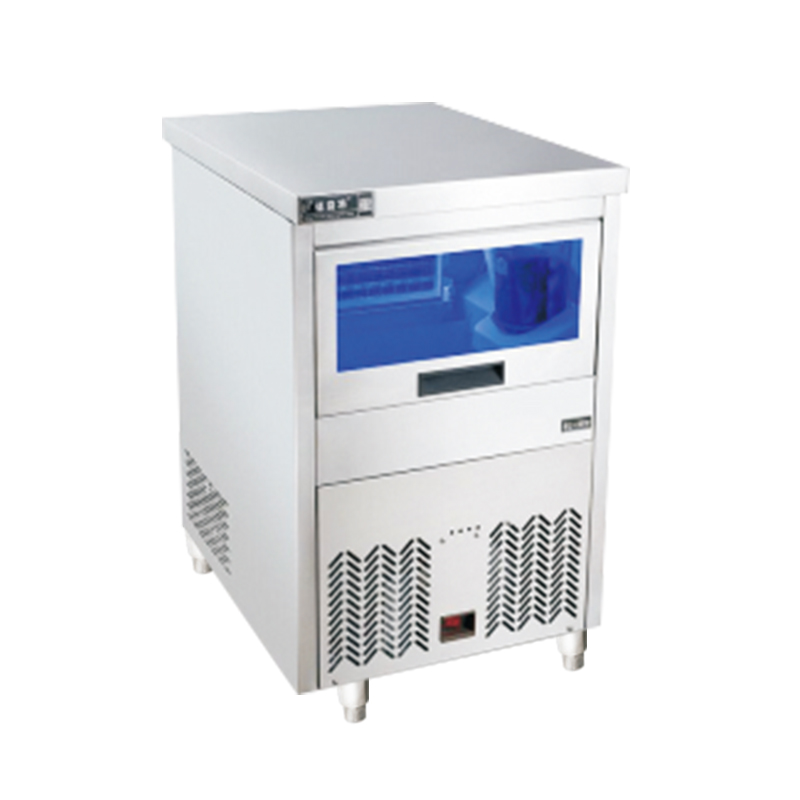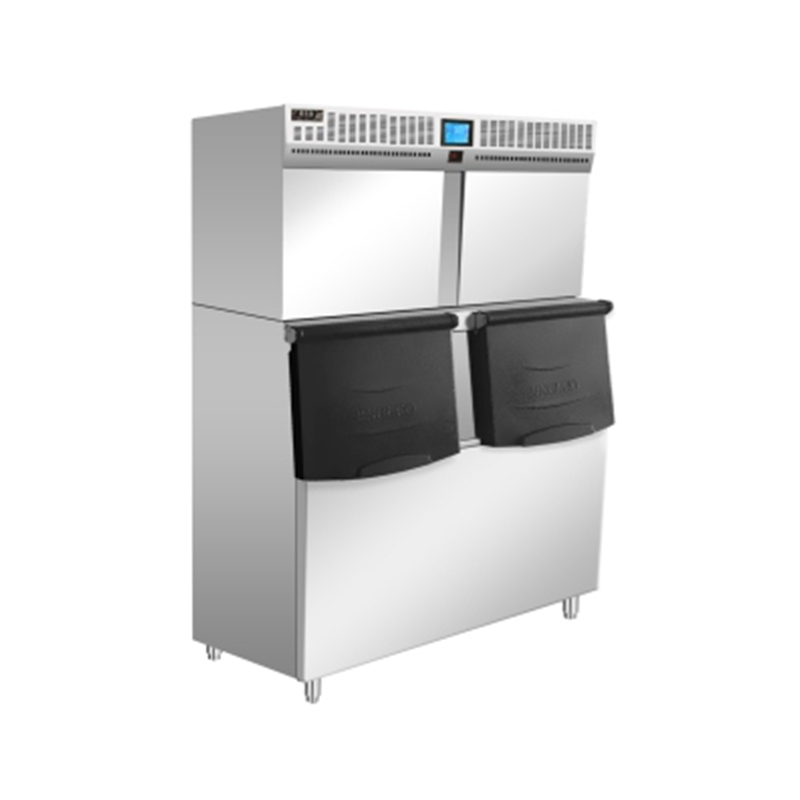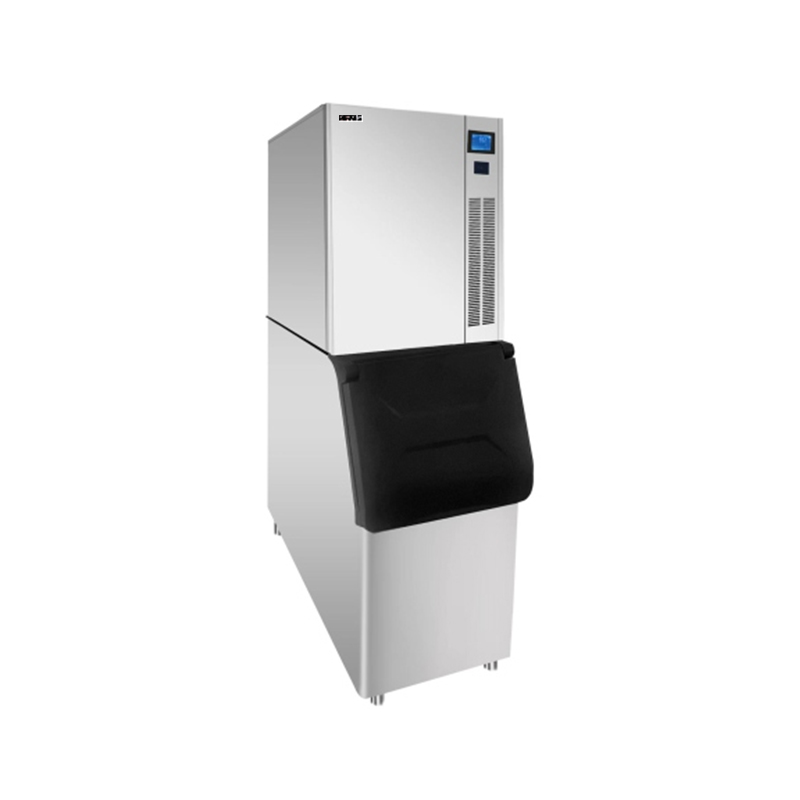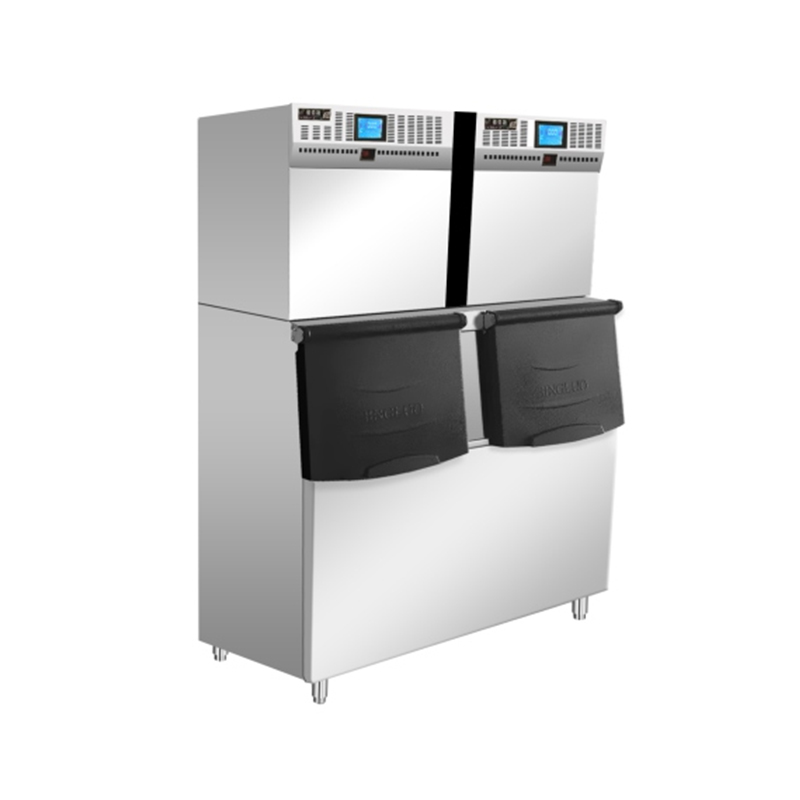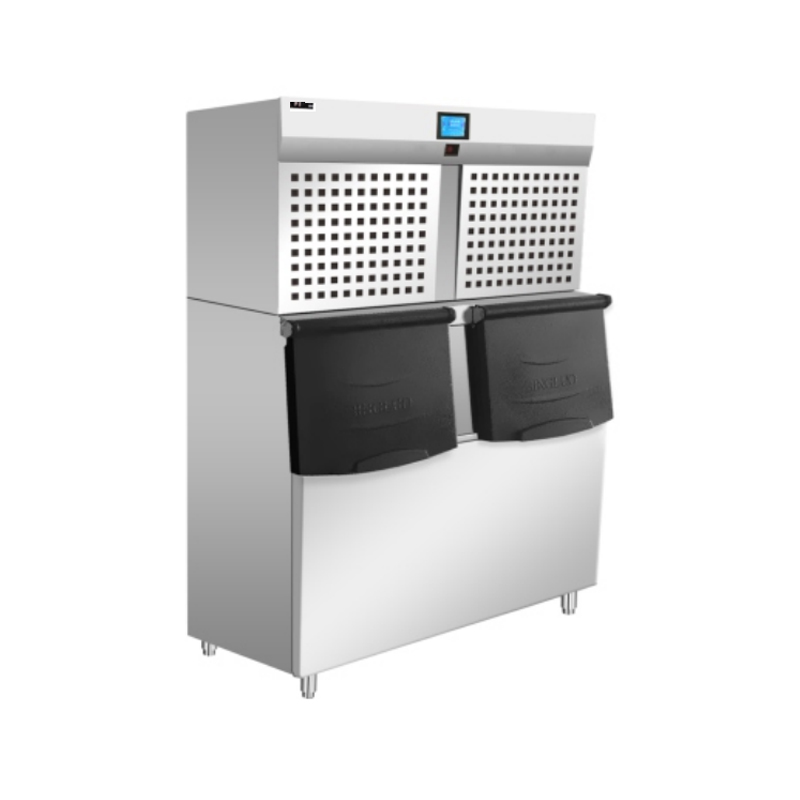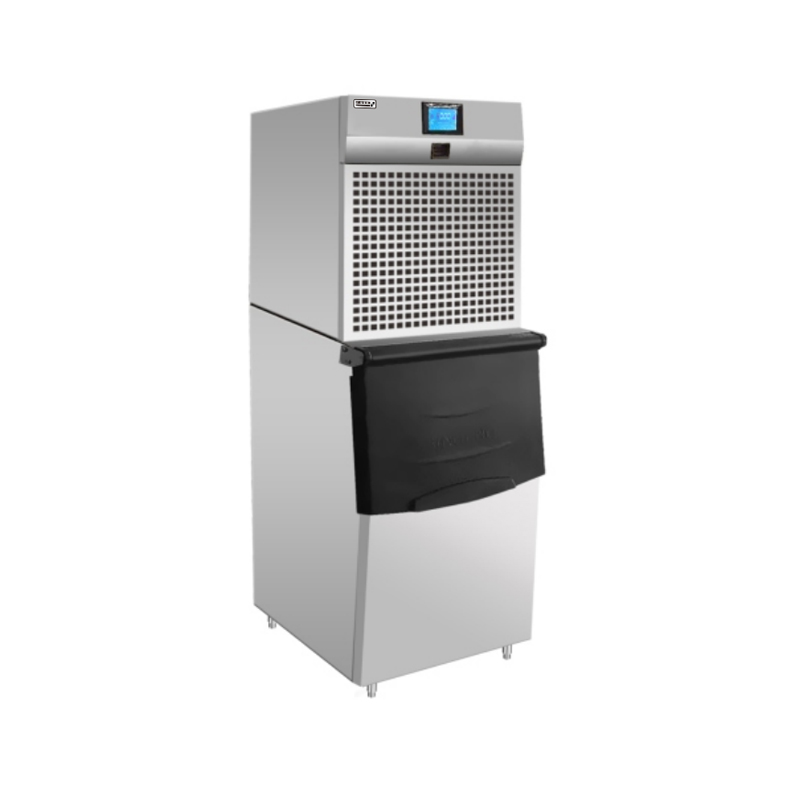2025-10-15
What temperature should a commercial freezer be?
When running a business that relies on frozen goods, maintaining the correct temperature in your commercial freezer isn't just a suggestion—it's a critical requirement for food safety, product quality, and operational efficiency. But what exactly is the ideal temperature, and why does it matter so much?
This guide will walk you through the specifics of commercial freezer temperatures, focusing on what you need to know to keep your products in perfect condition.
The Golden Rule: F (C) or Colder
For most commercial freezers, including Commercial Horizontal Freezers, the standard and most widely recommended temperature is F (C) or below. This temperature is not arbitrary; it's the scientifically proven threshold for halting the growth of most bacteria, yeasts, and molds. At this point, microbial activity is essentially stopped, preserving the quality, taste, and safety of your food products for extended periods.
For products like ice cream, the temperature might need to be even lower to maintain the desired texture and prevent melting or ice crystal formation. Many ice cream freezers operate in the range of F to F (C to C). This is a great example of how a product’s specific needs can dictate a stricter temperature setting.
Why is Maintaining the Correct Temperature So Important?
The temperature you set your commercial freezer to directly impacts several key aspects of your business.
1. Food Safety: The most crucial reason is safety. The U.S. Food and Drug Administration (FDA) and other food safety agencies globally mandate keeping frozen foods at or below F. Temperatures above this can allow dormant bacteria to begin multiplying, posing a serious risk of foodborne illness to your customers.
2. Product Quality and Shelf Life: Fluctuating temperatures can lead to "freezer burn," which is caused by moisture loss from the food. This results in dry, discolored, and unappealing products. A stable, consistently cold temperature, especially in large capacity units like Commercial Horizontal Freezers, ensures your inventory remains fresh, maintaining its taste, texture, and nutritional value. This directly translates to less waste and better customer satisfaction.
3. Operational Efficiency and Cost: When a freezer has to work harder to maintain its temperature—perhaps due to a faulty seal, a door left ajar, or improper loading—it consumes more energy. By ensuring your unit is set correctly and operating efficiently, you can lower your electricity bills and extend the lifespan of your appliance. A well-maintained freezer running at its optimal temperature is a more cost-effective asset.
Factors That Affect Your Freezer's Temperature
Simply setting the thermostat to F is only half the battle. Several factors can cause the internal temperature to fluctuate, even with a high-quality unit.
-
Door Seals: A damaged or dirty door seal can allow cold air to escape and warm air to enter, forcing the compressor to work overtime. Regularly inspect and clean your freezer's seals to ensure a tight lock. This is particularly important for high-traffic units.
-
Loading and Airflow: Overloading a freezer can block the cold air vents, preventing even temperature distribution. For optimal cooling, ensure there is some space between items for air to circulate. This is a common issue with large Commercial Horizontal Freezers used for bulk storage.
-
Location and Ventilation: Placing a freezer too close to a heat source (like an oven) or a wall without proper clearance can hinder its ability to dissipate heat. Ensure your unit has enough space around it for proper ventilation. The manufacturer's manual will provide specific clearance recommendations.
-
Frequency of Use: Every time you open the freezer door, you let in warm air. Limiting how often the door is opened, or planning your stock retrieval in advance, can help maintain a stable internal temperature. For large-scale operations with frequent access, opting for a freezer with multiple small compartments can be beneficial.
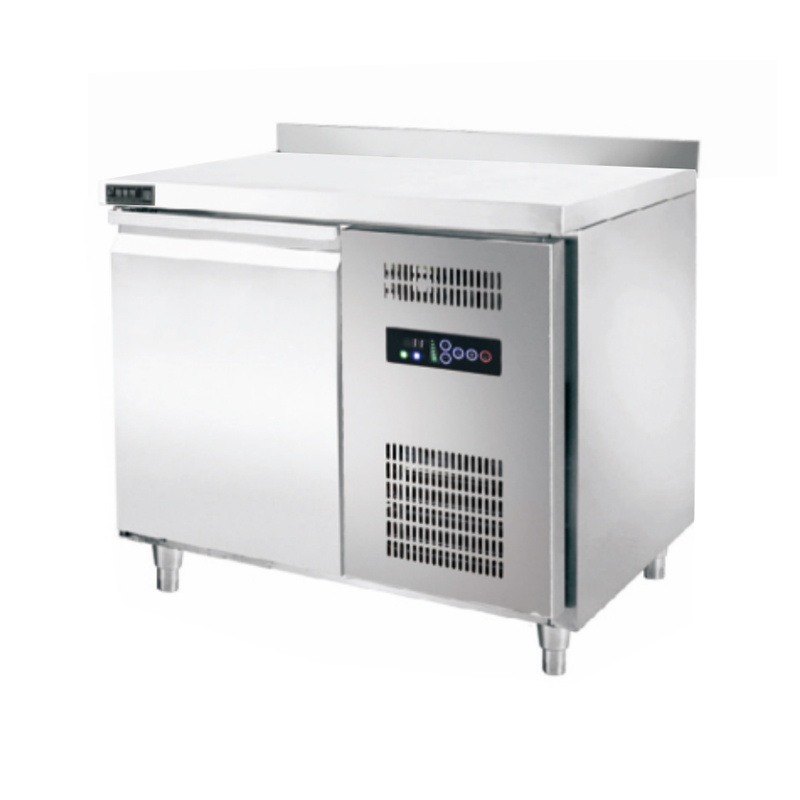
Checking and Monitoring Your Freezer's Temperature
Relying solely on your freezer's built-in thermostat is a risk. These can be inaccurate or malfunction over time. The best practice is to use an external thermometer, specifically designed for freezers, and place it in the center of the unit.
-
Daily Checks: Make it a habit to check the thermometer at least once per day. This simple routine can alert you to potential issues before they become critical.
-
Temperature Alarms: Many modern commercial freezers come equipped with temperature alarms that will notify you if the internal temperature rises above a certain threshold. This feature is invaluable for preventing product loss.
-
Maintenance Logs: Keeping a simple log of daily temperature readings can help you identify trends. For example, if you notice the temperature consistently rising in the afternoon, it might indicate an issue with usage patterns or placement.
In Conclusion
The ideal temperature for most Commercial Horizontal Freezers is F (C) or colder. This setting is your first line of defense against food spoilage and safety risks. By understanding the importance of this temperature and actively monitoring it, you can protect your investment, ensure your products are of the highest quality, and build trust with your customers. A well-maintained, correctly set freezer is the silent guardian of your business's reputation and profitability.

 English
English русский
русский Español
Español عربى
عربى